- No products in the cart.
Vipidiya tab n / 12.5mg film about 28 pc
$20.67
Vipidiya tab n / 12.5mg film about 28 pc
Description
Composition
Active substance:
12.5 mg 1 tablet contains: alogliptina benzoate 17 mg (based on 12.5 mg of alogliptin). 1 tablet contains 25 mg: alogliptina benzoate 34 mg (based on 25 mg of alogliptin).
Excipients:
12.5 mg 1 tablet contains: Core: 96.7 mg mannitol, 22.5 mg microcrystalline cellulose, giproloza 4.5 mg croscarmellose sodium 7.5 mg Magnesium stearate 1.8 mg. Film coating: Hypromellose 2910 5.34 mg titanium dioxide 0.6 mg Iron oxide yellow dye 0.06 mg macrogol 8000 cledovye amount F1 cledovye gray ink quantity. 25 mg 1 tablet contains: Core: 79.7 mg mannitol, 22.5 mg microcrystalline cellulose, giproloza 4.5 mg croscarmellose sodium 7.5 mg Magnesium stearate 1.8 mg. Film coating: Hypromellose 2910, 5.34 mg, 0.6 mg of titanium dioxide, red iron oxide coloring agent 0.06 mg macrogol 8000 trace amounts of inks F1 gray trace amounts
F1 gray ink comprise: 26% shellac, iron oxide black dye 10%, ethanol 26%, butanol 38%.
Description:
Dosage 12.5 mg
Oval biconvex tablets, film-coated yellow, with the inked words “SO” and «ALG-12.5» on one side.
Dosage 25 mg
Oval biconvex tablets, film-coated light red, and bears the ink inscriptions “SO” and «ALG-25″ on one side.
Product form:
Tablets, film-coated, 12.5 mg and 25 mg. 14 tablets in Al / Al blister, the blister 2 together with instructions for use placed in a cardboard box.
Contraindications
Hypersensitivity to alogliptinu or any excipient or serious hypersensitivity reactions to any DPP-4 inhibitor in history, including anaphylactic reactions, anaphylaxis and angioedema; type 1 diabetes; diabetic ketoacidosis; Chronic heart failure (functional class III-IV by functional classification of chronic heart failure of New York Heart Association); severe liver failure (more than 9 points on the Child-Pugh) due to lack of clinical data on the application; severe renal impairment; pregnancy, breast feeding – due to the absence of clinical data on the application; Children under 18 years – due to the lack of clinical data on the use.
C care Acute pancreatitis in history (see. Special instructions). In patients with renal insufficiency of moderate severity (see. Special instructions). In combination with sulfonylureas or insulin (see. Specific guidance). Receiving ternary combination drug Vipidiya® metformin and thiazolidinediones (see. Specific guidance).
Dosage
12.5 mg
Indications
Type 2 diabetes mellitus to improve glycemic control in poor diet and exercise: in adults as monotherapy or in combination with other oral hypoglycemic agents or insulin.
Interaction with other drugs
The effect of other drugs on alogliptin
Alogliptin mainly excreted unchanged by the kidneys and metabolized to a small extent enzyme system cytochrome (CYP) P450. In studies on interaction with other drugs, the pharmacokinetics alogliptina no clinically significant effect of the following drugs: gemfibrozil (CYP2S8 inhibitor / 9), fluconazole (an inhibitor of CYP2C9), ketoconazole (CYP3A4 inhibitor), cyclosporine (an inhibitor of p-glycoprotein) inhibitor, a- glucosidase, digoxin, metformin, cimetidine, pioglitazone or atorvastatin
Effect alogliptina other drugs
In studies in vitro demonstrated that alogliptin not inhibit or induce CYP 450 isoforms in concentrations attained when receiving alogliptina at the recommended dose of 25 mg. Interactions with CYP 450 isoforms are expected and have been identified. In in vitro studies revealed that alogliptin is neither a substrate nor an inhibitor of OAT1, OAT3 and OST2. Furthermore, clinical data do not indicate the interaction with substrates or inhibitors of p-glycoprotein. In clinical studies on interaction with other drugs alogliptin no clinically significant effect on the pharmacokinetics of the following drugs: caffeine, (R) – and (S) -varfarina, pioglitazone, glibenclamide, tolbutamide, dextromethorphan, atorvastatin, midazolam, oral contraceptives (norethindrone and ethinyl estradiol), digoxin, fexofenadine, metformin or cimetidine. Based on these data, alogliptin not inhibit isozymes of cytochrome CYP1A2, CYP3A4, CYP2D6, CYP2C9, and p-glycoprotein OST2. Alogliptin no effect on prothrombin ratio, or International Normalized Ratio (INR) in healthy volunteers while taking warfarin. Receiving alogliptina in combination with metformin or pioglitazone (thiazolidinedione), or alpha-glucosidase inhibitor, or glibenclamide (sulfonylurea) 10 showed no clinically important pharmacokinetic interactions.
Overdose
Alogliptina maximum dose in a clinical trial of 800 mg / day in healthy volunteers and 400 mg / day in patients with type 2 diabetes for 14 days. This 32 and 16 times, respectively higher than the recommended daily dose of 25 mg alogliptina. Any serious adverse events while taking the drug at these doses were absent. In overdose can be recommended gastric lavage and symptomatic treatment. Alogliptin weakly dialyzed. In clinical studies, only 7% of the dose was removed from the body during the 3 hour dialysis session. Data on the effectiveness of peritoneal dialysis alogliptina not.
pharmachologic effect
Pharmacological group:
Hypoglycemic agent – an inhibitor of dipeptidyl peptidase-4 (DPP-4).
Pharmacodynamics:
Alogliptin is a potent and highly selective inhibitor of DPP-4. Its selectivity for DPP-4 over 10 000 times greater than its activity against other related enzymes, including DPP-8 and DPP-9. DPP-4 is the primary enzyme involved in the rapid destruction of incretin hormones families: glucagon-like peptide-1 (GLP-1) and gastric inhibitory polypeptide (GIP). Hormones secreted by the family of incretin in the intestine, their concentration increases in response to food intake. GLP-1 and GIP increase insulin synthesis and secretion of the pancreatic beta cells. GLP-1 also inhibits glucagon secretion and hepatic glucose production decreases. Therefore, increasing the concentration of the incretins, alogliptin increases glucose-insulin secretion and reduces glucagon secretion at an elevated blood glucose concentration. Patients with type 2 diabetes, hyperglycemia with these changes of insulin and glucagon secretion lead to a reduction in the concentration of glycosylated hemoglobin HbA1c and reducing plasma glucose concentration both fasting and postprandial.
Pharmacokinetics:
Pharmacokinetics alogliptina similar in healthy subjects and in patients with type 2 diabetes.
Suction
Alogliptina absolute bioavailability of approximately 100%. Simultaneous reception from food with high fat had no effect on area under the curve “concentration-time» (AUC) alogliptina, so it can be taken without regard to meals. In healthy individuals following a single oral administration up to 800 mg alogliptina noted fast absorption of the drug with a mean maximum concentration (mean TSmax.) Ranging from 1 to 2 hours after ingestion. Neither in healthy volunteers or in patients with type 2 diabetes were observed clinically significant accumulation alogliptina after multiple administration. Alogliptina AUC increases proportionally with single dose in therapeutic doses ranging from 6.25 mg to 100 mg. The coefficient of variability of AUC alogliptina among small patients (17%). AUC (0-inf) alogliptina after a single dose was similar to the AUC (0-24) after receiving the same dose once daily for 6 days. This indicates a lack of time dependence in the kinetics after multiple dose alogliptina
Distribution
After a single intravenous administration alogliptina 12.5 mg in healthy volunteers volume of distribution at terminal phase was 417 l, which indicates that alogliptin well distributed in tissues. Relationship to plasma proteins is approximately 20-30%.
Metabolism
Alogliptin not subjected to intensive metabolism, from 60 to 70% alogliptina excreted unchanged by the kidneys. After administration of 14C-labeled alogliptina inwardly Two main metabolites have been identified: N-desmethyl alogliptin, M-I (99%) and in conditions in vivo or in small amounts or not at all subjected to chiral transformation into (S) -enantiomer. (S) -enantiomer is not detected when the reception alogliptina in therapeutic doses.
breeding
After oral administration of 14C-labeled alogliptina 76% of the radioactivity was excreted by the kidneys and 13% – in the intestine. Middle alogliptina renal clearance (170 mL / min) is greater than the average glomerular filtration rate (about 120 ml / min), which suggests that alogliptin partially displayed due to active renal excretion. The average terminal half-life alogliptina (T1 / 2) is approximately 21 hours.
Pharmacokinetics in specific patient groups
Patients with renal insufficiency
Alogliptina study at a dose of 50 mg per day was conducted in patients with varying severity of chronic renal failure. Included in the study, patients were divided into 4 groups according to the Cockroft-Gault formula: patients with mild (creatinine clearance of 50 to 80 ml / min) was moderate (creatinine clearance of 30 to 50 ml / min) and severe renal insufficiency (creatinine clearance less than 30 mL / min), and patients with end-stage chronic renal insufficiency requiring hemodialysis. AUC alogliptina in patients with mild renal insufficiency, increased by about 1.7 times compared with the control group. Nevertheless, the increase in AUC is within the tolerance for the control group, no dosage adjustment of the drug in these patients is not required (see. Dosing and dose). Increased AUC alogliptina approximately doubled as compared with the control group was observed in patients with moderate renal failure. Approximately fourfold increase AUC was observed in patients with severe renal failure, as well as in patients with end-stage chronic renal failure compared to the control group. (Patients with end stage renal disease hemodialysis immediately after receiving alogliptina. About 7% of the dose was removed from the body during the 3-hour 5 the dialysis session.) Thus, to achieve therapeutic concentrations alogliptina plasma, similar to that of patients with normal renal function is required dose adjustment for patients with renal insufficiency moderate severity (see. Dosing and dose). Alogliptin is not recommended in patients with severe renal insufficiency, as well as with end-stage renal disease requiring hemodialysis.
Patients with hepatic insufficiency
In patients with moderate hepatic insufficiency severity AUC and Cmax. alogliptina reduced by approximately 10% and 8%, respectively, compared with patients with normal liver function. These values are not clinically significant. Thus, the correction of the dose for mild to moderate severity of liver failure (5 to 9 points on the Child-Pugh) is not required. No clinical data are alogliptina in patients with severe liver failure (more than 9 points on the Child-Pugh, cm. Dosing and dose).
Other groups of patients age (65-81 years), gender, race, body weight of patients no clinically significant effects on pharmacokinetic parameters alogliptina. Correction dose is not required (see. Dosing and dose). Pharmacokinetics in children under 18 years of age has not been studied.
Pregnancy and breast-feeding
No studies alogliptina application in pregnant women. Animal studies have not shown direct or indirect negative impact on the reproductive system alogliptina. However, as a precaution Vipidiya® use of the drug during pregnancy is contraindicated. There are no data on the penetration alogliptina into breast milk in humans. Animal studies have shown that alogliptin passes into breast milk, therefore it is impossible to eliminate the risk of side effects in infants. In connection with this use of the drug in breast-feeding period is contraindicated.
Conditions of supply of pharmacies
On prescription.
side effects
The frequency of side effects of the drug is seen as follows: very common:> 1/10 Common:> 1/100,
special instructions
The use of other hypoglycemic drugs
To reduce the risk of hypoglycemia is recommended to decrease the dose sulfonylureas, insulin or a combination of pioglitazone (thiazolidinedione) with metformin while the use of the drug Vipidiya® (see. Dosing and dose).
unexplored combinations
The efficacy and safety of the drug Vipidiya® in combination with inhibitors of the sodium-dependent glucose cotransporter 2 or analogues of glucagon-like peptide and the triple combination with metformin and sulfonylurea derivatives have not been investigated.
kidney failure
Because patients with renal insufficiency moderate dose required to conduct correction Vipidiya® preparation, it is recommended to assess renal function before and periodically during treatment (see. Dosing and dose). Experience of using alogliptina in patients on hemodialysis is limited. Vipidiya® The drug should not be used in patients with severe renal failure patients, and in patients with end-stage chronic renal insufficiency requiring hemodialysis (see. Dosing and dose). Alogliptin has not been studied in patients undergoing peritoneal dialysis.
acute pancreatitis
Inhibitors of DPP-4 is associated with a potential risk of acute pancreatitis. In the pooled analysis of 13 clinical trials of alogliptina 25 mg / day, 12.5mg / day, and placebo comparison frequency of acute pancreatitis was 2, 1, 0, or 1 per 1000 person-years in each group, respectively. In a study of cardiovascular outcome incidence of acute pancreatitis in patients treated alogliptinom or placebo was 3 and 2 cases per 1000 patient-years, respectively. Patients should be informed of the characteristic symptom of acute pancreatitis: persistent severe abdominal pain, which may radiate to the back. If you suspect that the development of acute pancreatitis receiving Vipidiya® drug stop; upon confirmation of acute pancreatitis receiving the drug did not renew. There are no data on whether there is an increased risk of pancreatitis in patients receiving the drug Vipidiya® in patients with a history of pancreatitis. Therefore, patients with a history of pancreatitis caution.
Liver failure
post-marketing reports were received on human liver functions including hepatic failure when receiving alogliptina. Their connection with the use of the drug has not been established. However, patients should be carefully examined for possible abnormalities of liver function. If there are any abnormalities in liver function and an alternative etiology of their origin has not been established, you should consider stopping treatment drug.
Effect on the ability to drive mechanisms and
Vipidiya® drug has no or negligible influence on the ability to drive and use machines. However, you must consider the risk of hypoglycaemia when using the drug in combination with other hypoglycemic agents (sulfonylureas, insulin or combination therapy with pioglitazone and metformin) and to use caution when driving and mechanisms.
Storage conditions
Store at a temperature not higher than 25 C.
Keep out of the reach of children.
Dosing and Administration
The drug is taken orally.
Vipidiya® recommended dose of the drug is 25 mg once daily in monotherapy or in addition to metformin, thiazolidinedione, sulfonylurea or insulin derivative, or as a ternary combination with metformin, thiazolidinediones or insulin. Vipidiya® The drug may be taken without food. The tablets should be swallowed whole without chewing, drinking water. If the patient has missed receiving Vipidiya® drug, he should take the missed dose as soon as possible. Invalid reception Vipidiya® a double dose of the drug in the same day. In appointing Vipidiya® drug in addition to metformin or a thiazolidinedione dose of the latter drugs should be left unchanged. By combining Vipidiya® drug with sulfonylurea or insulin dosage is appropriate to reduce the latter to reduce the risk of hypoglycemia. В связи с риском развития гипогликемии следует соблюдать осторожность при назначении трехкомпонентной комбинации препарата Випидия® с метформином и тиазолидиндионом. В случае развития гипогликемии возможно рассмотреть уменьшение дозы метформина или тиазолидиндиона. Эффективность и безопасность алоглиптина при приеме в тройной комбинации с метформином и производным сульфонилмочевины окончательно не установлены.
Patients with renal insufficiency
Пациентам с легкой почечной недостаточностью (клиренс креатинина от >50 до
Information
Appearance may differ from that depicted in the picture. There are contraindications. You need to read the manual or consult with a specialist
Additional information
| Weight | 0.100 kg |
|---|---|
| Manufacturer | TAKEDA |

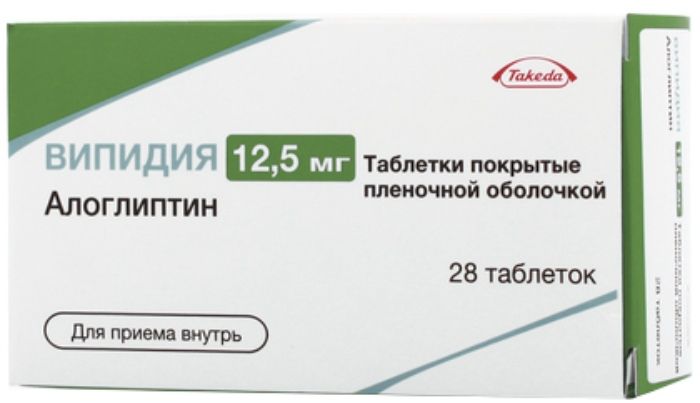
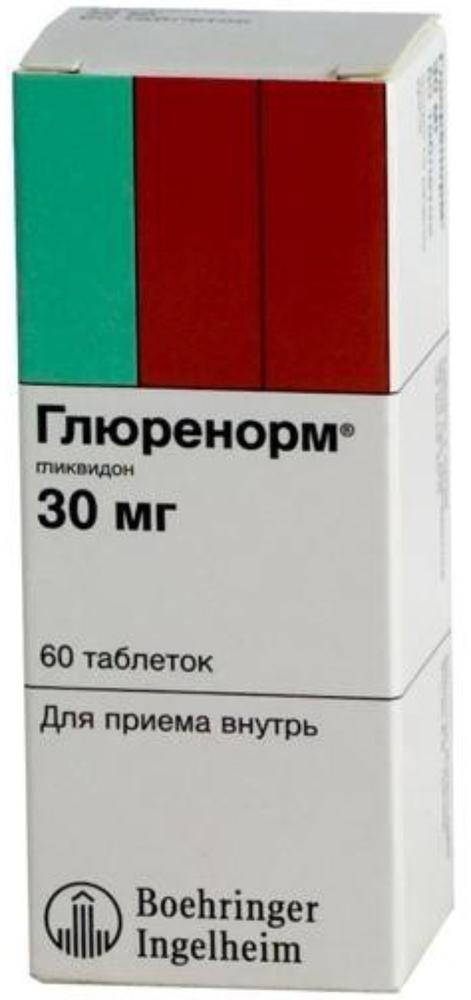
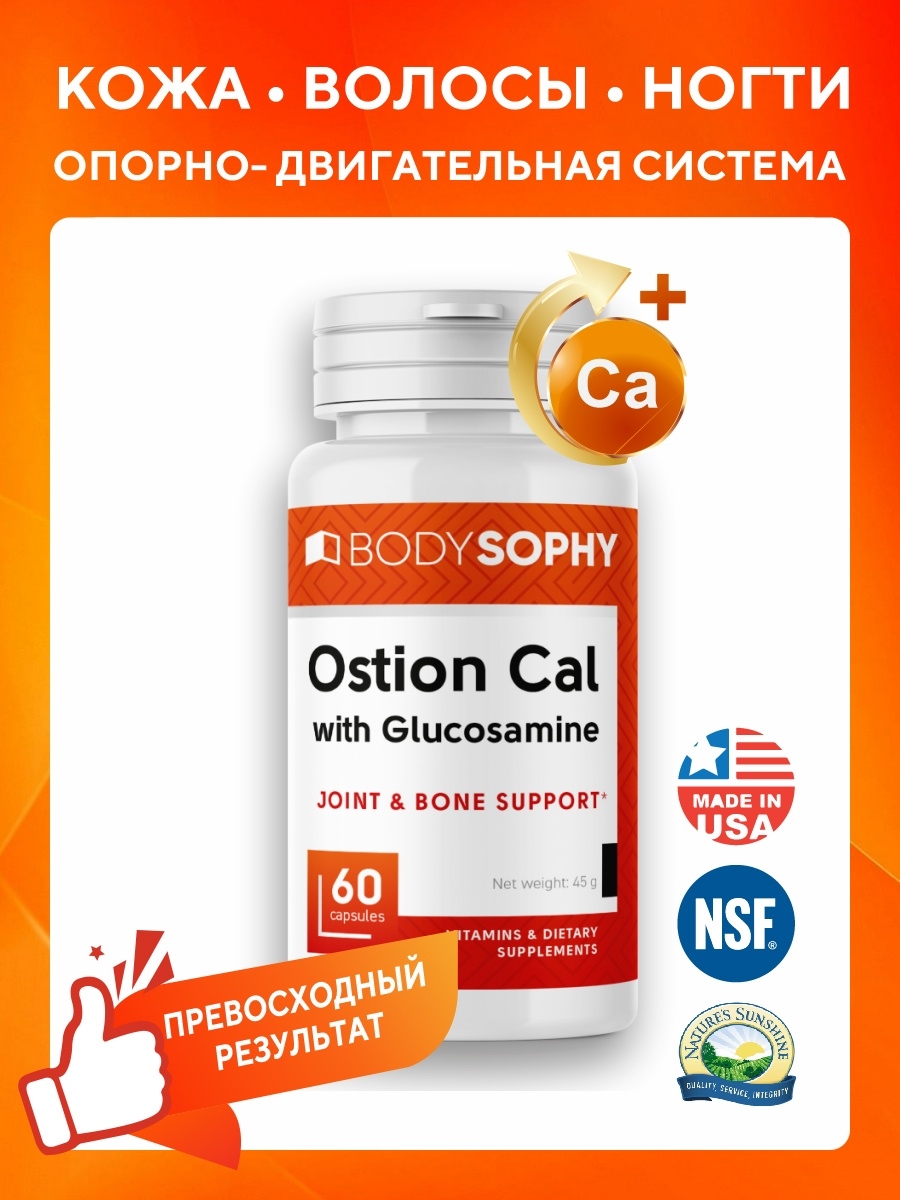
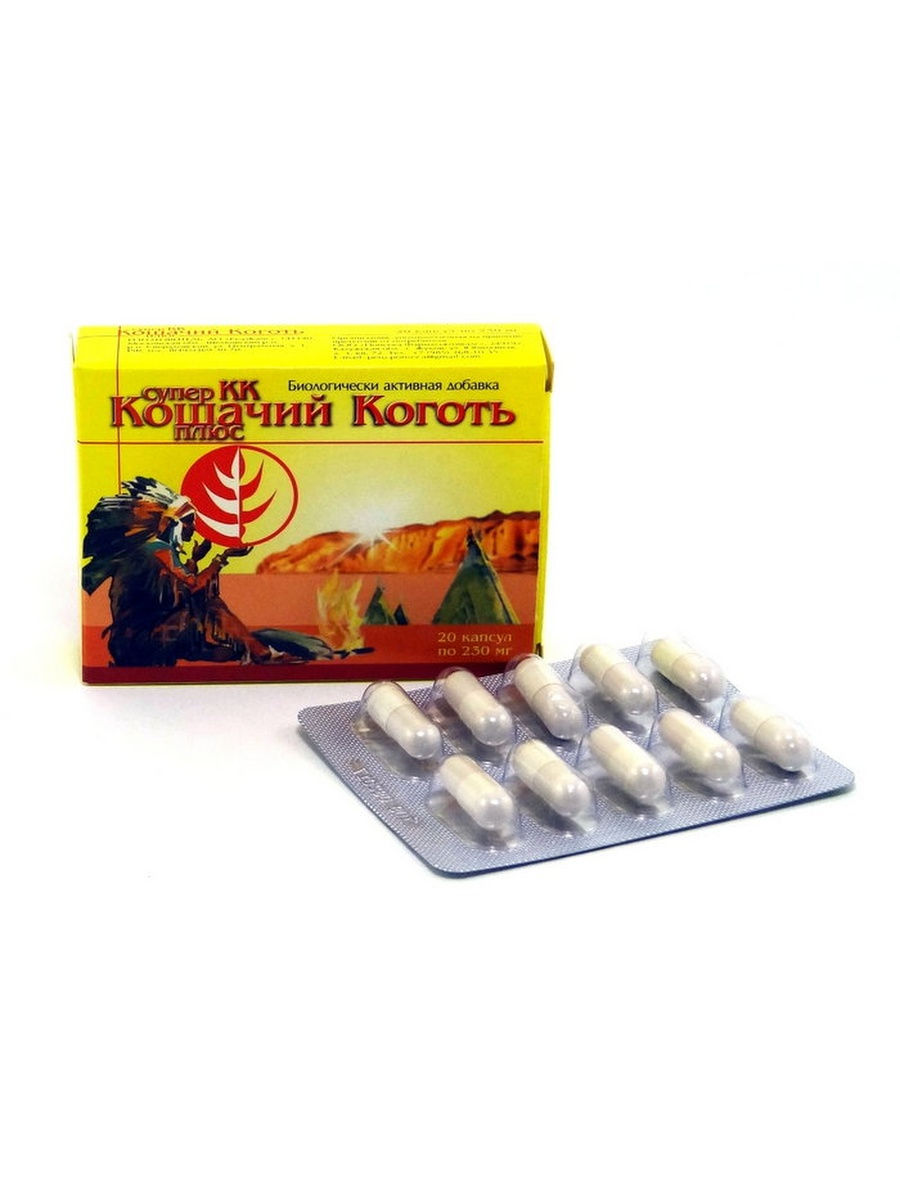
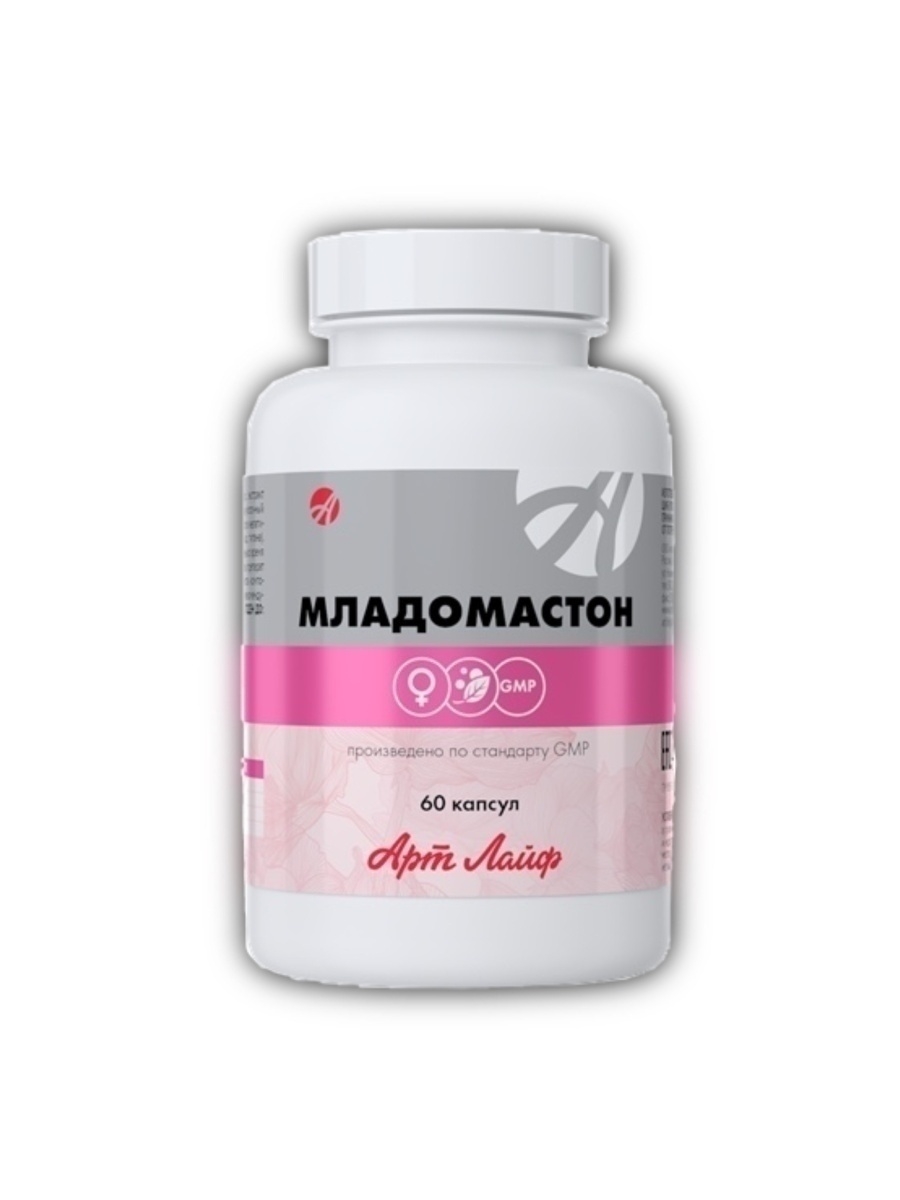
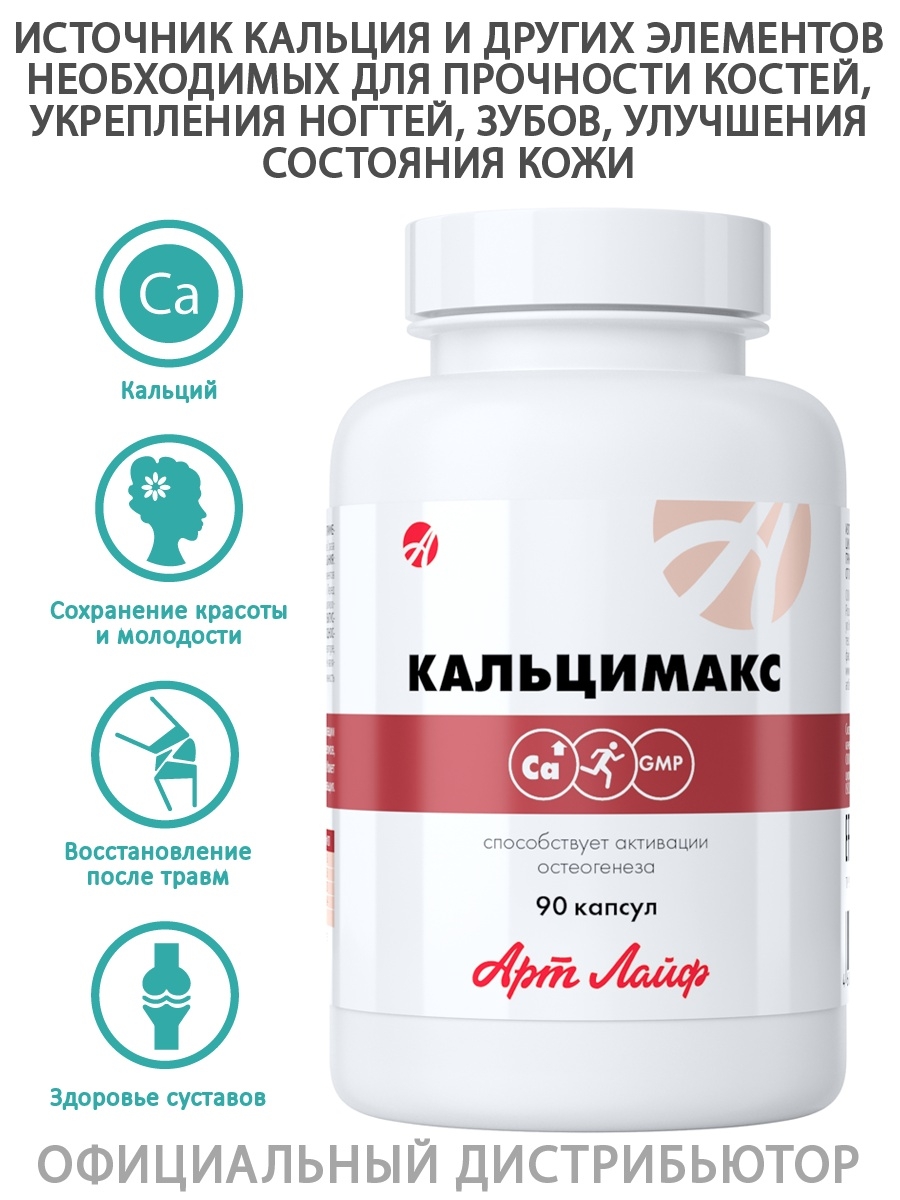
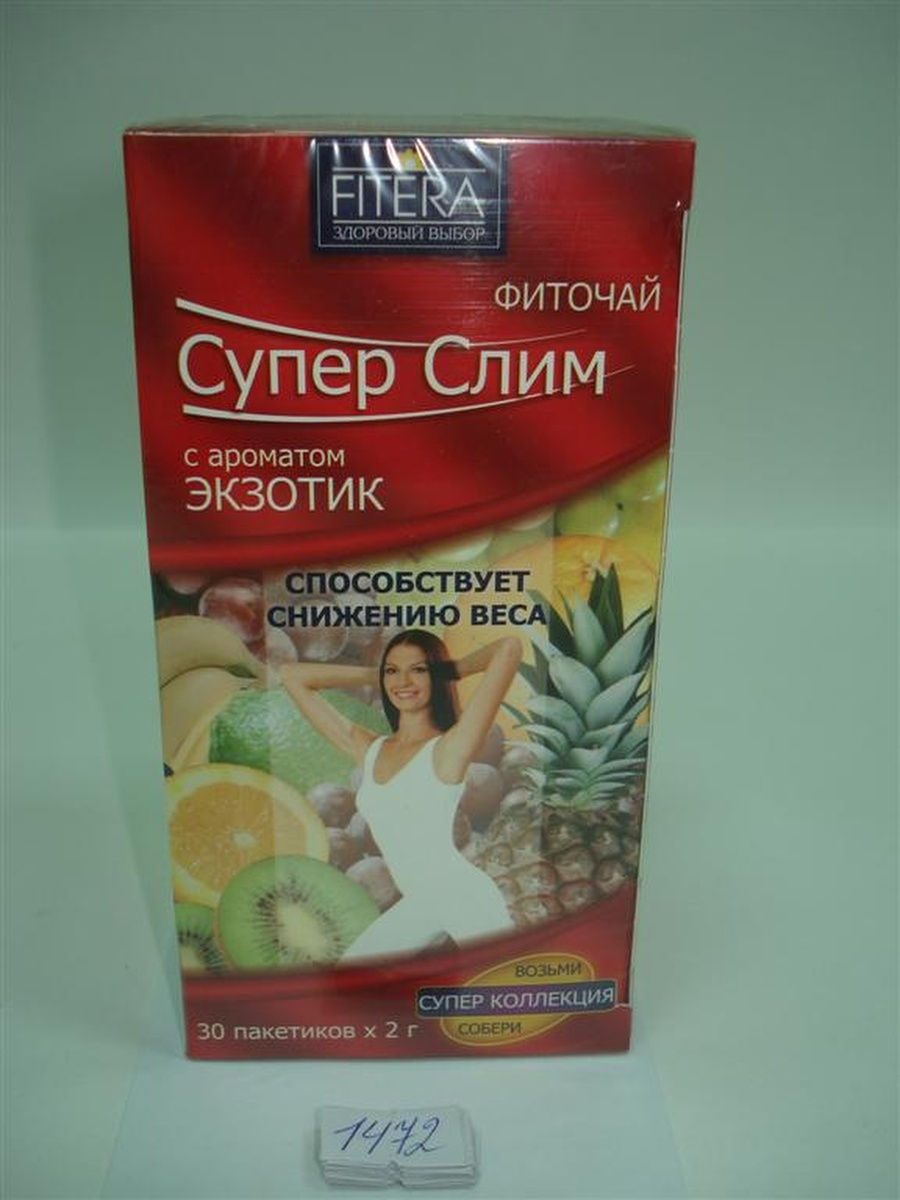
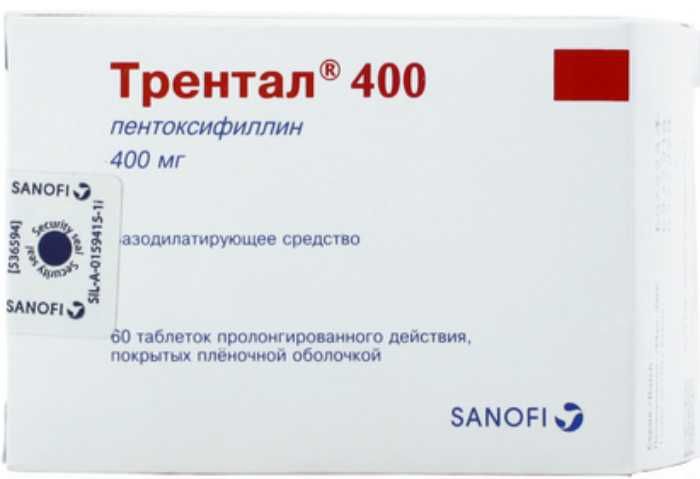




There are no reviews yet.